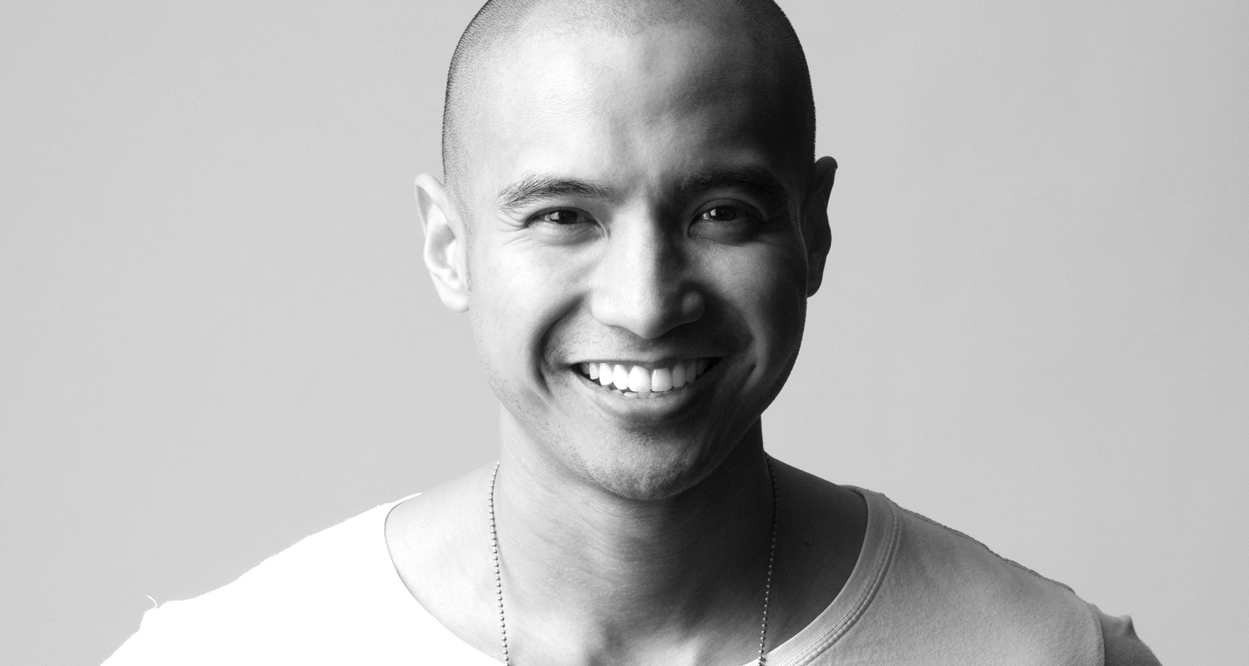

Ram Castillo—Design thinker, business advisor, psychology speaker, and author—talks about the importance of design mentors and shares his advice and wisdom on the best way to get one.
Four power tips on getting a mentor
We all know success leaves clues. There are experts out there who have done what we ultimately want to do. The fact is, it’s not necessarily that these people are more gifted or talented than us in our particular area of interest. It’s just that they’ve played ‘that’ game before – over and over again. They’re conditioned. Often times we forget that these people we praise in public, have spent years and years practicing their craft in public.
Navigating our way to our end goals can sometimes leave us feeling lost, disappointed and drained. But it doesn’t have to be a ‘go-it-alone’ type of journey. There is a way to lessen the wrong turns. The answer? Getting a mentor.
A mentor is someone who constructively guides, actively participates in supportive dialogue, and becomes a role model to a person less experienced, particularly in the area of professional or personal development.
A mentor is someone who constructively guides, actively participates in supportive dialogue, and becomes a role model to a person less experienced, particularly in the area of professional or personal development.
Mentorship in its complete sense is a two-way street. It is in reflective, collaborative, back-and-forth conversations that learning outcomes are achieved, assessed and measured as legitimate progress.
Because of this, it’s important for designers of all stages to have mentors – in order to continually move forward, grow and be fulfilled. Below are some power tips to keep in mind:
Power tip #1: Get clear on the definition
Mentorship is rarely a lifelong partnership. Finding our version of Gandalf, Yoda or Dumbledore is far too romanticised and can actually be a hindrance to both the mentee and the mentor. This can place a lot of pressure on both ends. If the minimum learning outcome is the focus, then mentorship can be as little as one or two informal conversations over a few weeks about a particular subject matter. It need not be a long-term and formalised arrangement. An example of this could look like someone providing key pointers to be more confident and impactful when presenting to a room of 10 people or even advice on pricing one’s services.
Power tip #2: Go through a personal analysis
Who are you? what do you want? why do you want it? and what’s stopping you from getting it? This is the foundation and starting point of any endeavour. If we don’t know who we are and what we want, we won’t know where we’re going. Just like a soccer player kicking a soccer ball around without goal posts. He or she would be kicking that ball to nowhere. We need to do a personal analysis in order to map out the blueprint of where we’re going and to reverse engineer the necessary steps to get there.
Power tip #3: Pair your goals with the right mentors
Goal setting is pretty self explanatory. I would go as far to say that a lack of ‘want’ isn’t the problem. Most people have a very long list of goals, ideas, hopes and dreams. And so they should. The challenge is bringing them to life. We can accelerate our goals by pairing them with mentors who have demonstrated a credible and above average competence level in that particular area of interest. The right mentors will also hold characteristics and values that we would like to emulate. This is what separates mentors to coaches.
Power tip #4: Don’t ask for mentorship, as for advice
Asking for advice is the seed to growing a single interaction into an official mentorship relationship. This is also part of the rapport building phase. Interact with your prospective mentor by commenting and sharing to their online content. Focus on making friends, not contacts. The official ‘labelling’ of the mentorship relationship is secondary to the information mentors provide. If the mentorship is made official, that’s helpful but not mandatory.
Conclusion:
The truth is we’re all going to get ‘there’. We’re going to meet those goals and tick those boxes. The question is… how fast? Will it take us two months? two years? Maybe even twenty?
Many designers are taking the long route to their professional and personal goals. I certainly did, once upon a time, I was overwhelmed, did the wrong things in the wrong order and burnt time and energy re-inventing the wheel. If it wasn’t for my mentors, I would have kept guessing and may not have survived the design industry’s rapidly changing conditions.
So stop guessing and start getting. You have the opportunity to find your compass. Multiple compasses. People, that can help guide you on your journey ahead. I invite you to cut the guess work, see the blind spots and succeed faster with many mentors – and hopefully, you will in turn mentor others.
